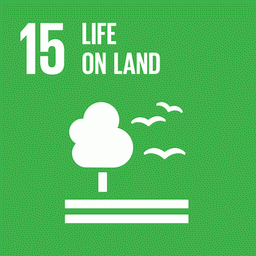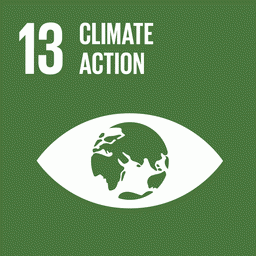This technical note looks closely at the dynamics of deforestation and fire in Indigenous lands (LIs) in the Amazon between 2016 and 2020, to understand how the recent spike in these rates is reflected in these areas, and how illegal activities, such as land-grabbing, fuel this picture.
The results can support actions by government agencies that guarantee the integrity of these traditional territories and respect for the more than 430,000 Indigenous peoples (IBGE, 2010) in the region, who today face the negative consequences of actions by third parties in their communities.

